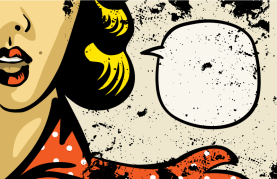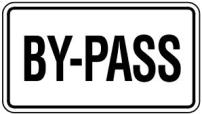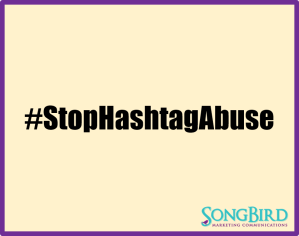 By now, if you haven’t heard the term “content strategy” then you should step out of the shadows and into the light. Loosely defined, content strategy refers to planning, developing, and managing content. Simple right?
By now, if you haven’t heard the term “content strategy” then you should step out of the shadows and into the light. Loosely defined, content strategy refers to planning, developing, and managing content. Simple right?
I can’t stress enough how important a killer content strategy will be for your marketing outreach. Not only will it help you become more efficient as a business, but it will also help you to define your brand story.
A quick Google search will pull up endless tools and advice to sift through. The reality is, content planning will be different for everyone because we all think differently. The trick is finding what works well for you and sticking to it. Regular audits of your strategy will tell you if you need to tweak something that’s not getting you the results you want.
Here are a few tips to get you to great when it comes to your content strategy:
- Take the time to develop your brand: How will you know what to say if you don’t know who you are as a brand? Whether you are an expert building your profile within social media and traditional media, or you are a large corporation, you need to be careful what messaging you put out there.
- Identify your goals: Before forging ahead, you need to know what you want to achieve. This will help you in the planning and development of content. Don’t just talk about them; write them down. This way you can revisit them to make sure you are on track.
- It’s all about your audience: By now I sound like a broken record saying this. Working with clients on a daily basis,
 this is always our first point of reference. What’s the point of creating content to put out there if no one will care to read it? Find out what your audience needs/wants before embarking on the content journey.
this is always our first point of reference. What’s the point of creating content to put out there if no one will care to read it? Find out what your audience needs/wants before embarking on the content journey. - Integrate all channels into your strategy: This is all about developing content that can be shared across multiple channels, but it’s also about ensuring your content marketing is all linked, whether it’s by theme, message, visuals, etc. For example, if you have a blog, a newsletter, and multiple social media channels, then you would need to make sure all of your great content is being leveraged across channels, but not necessarily duplicated. Your audiences one different channels may have different needs. Also give them incentive to follow you on multiple channels.
- Content strategy is the basis for social media outreach: Let’s get real for a second. Think of all the times when
 you said something where you “put your foot in your mouth…” Long list? Short list? Well, regardless, generally when people say things they regret, or that make them look foolish, they are not well-thought out – you winged it and it didn’t come out like you thought it would. Either that, or maybe there have been times where you really don’t know what to say. Flying by the seat of your pants on social media is just as bad. It becomes really easy to go off the rails. Planning first, then execution. Social media is a tool to help you get your message out faster.
you said something where you “put your foot in your mouth…” Long list? Short list? Well, regardless, generally when people say things they regret, or that make them look foolish, they are not well-thought out – you winged it and it didn’t come out like you thought it would. Either that, or maybe there have been times where you really don’t know what to say. Flying by the seat of your pants on social media is just as bad. It becomes really easy to go off the rails. Planning first, then execution. Social media is a tool to help you get your message out faster.




 Bonus Tip: There are marketing/PR agencies out there who use a cookie-cutter template when they put together campaigns as a cost-cutting measure on their end. If you are working with an agency, be sure to ask a lot of questions and get to know their previous campaigns to make sure that you are getting something that is unique for you.
Bonus Tip: There are marketing/PR agencies out there who use a cookie-cutter template when they put together campaigns as a cost-cutting measure on their end. If you are working with an agency, be sure to ask a lot of questions and get to know their previous campaigns to make sure that you are getting something that is unique for you. Before the holidays we talked about
Before the holidays we talked about  buzzwords that you really can’t get away from. In business, cash is king, but in marketing, content is king.
buzzwords that you really can’t get away from. In business, cash is king, but in marketing, content is king.
 Final thoughts.
Final thoughts.

 Even if someone couldn’t attend, they still benefit from the information and it establishes your brand as an expert in the industry.
Even if someone couldn’t attend, they still benefit from the information and it establishes your brand as an expert in the industry.